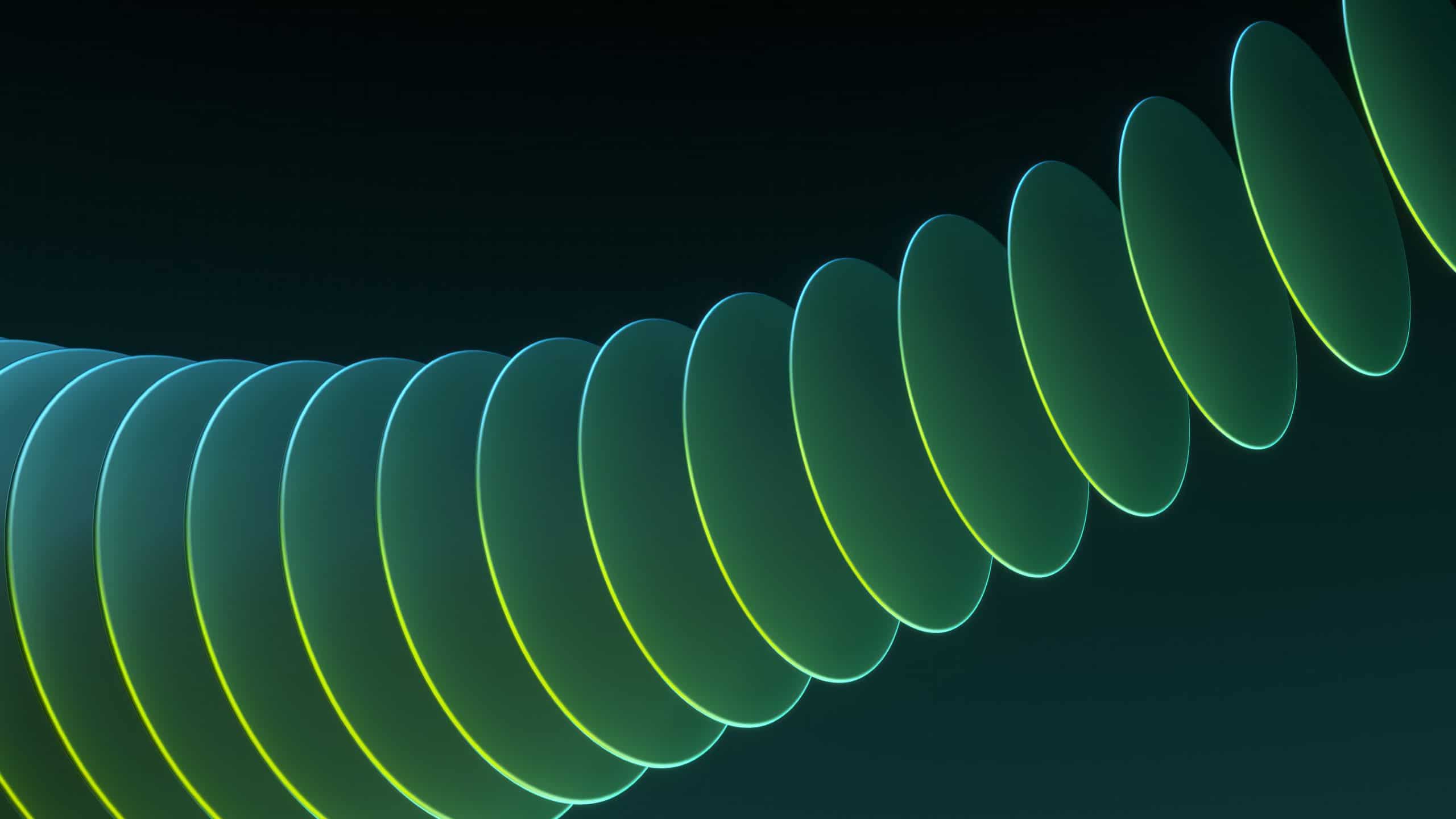In the digital ecosystem where websites contribute significantly to carbon emissions, sustainable web development has never been more crucial. The need of the hour? Learning to build a website that is not just user-friendly but also eco-friendly. But how, you may ask, does a website contribute to environmental degradation? Well, every online interaction that involves data transfer has a carbon footprint. This occurs due to the consumption of electrical energy, which powers not just your device, but also data centres, servers, and network systems that process and deliver this information. Consequently, creating a sustainable web ecosystem is essential to combat climate change.
"Sustainable web development is not just an option, it's our responsibility."
The following guide aims to help you make environmental considerations an essential part of your web development process. It's all about creating attractive, efficient, and low carbon websites. We promise it's not as complicated as it sounds:
- Understand the environmental impact of the web.
- Learn sustainable web design principles.
- Implement green hosting and optimisation techniques.
- Adopt a sustainable strategy for your web projects.

Generally, we don't associate the internet with environmental impact. However, it's crucial to understand that our online presence does have tangible off-screen implications. Similar to a carbon footprint, websites and web applications have a digital footprint. It's the cumulative result of internet-based activities including web browsing, server load, storage space and data transmission. The higher the digital footprint, the larger the energy consumption, and the more strain we put on our precious resources.
There's good news though. Just like in other areas of our life, there's space to make more sustainable choices in how we create and manage websites. That's where sustainable web development comes in.
_"Sustainable web development refers to the creation and maintenance of websites with minimal environmental impact. It encompasses a wide range of practices, including efficient coding, green hosting, reducing data transfer, and thoughtful design."_
Intrigued? Let's dive into the specifics.
How to learn sustainable web design principles?
It's important to know that sustainable web design goes beyond aesthetics. It's about building websites that are not just visually appealing, but also functionally efficient and environmentally friendly. Some guiding principles you can follow include:
- Optimising images and graphics to reduce file sizes
- Writing efficient code to decrease server load
- Designing for mobile-first to decrease energy usage
- Laundering CSS (removing unnecessary or unused code)

What about green hosting and optimisation techniques?
Choosing a green web host is another excellent step towards sustainable web development. Green hosting companies power their servers using renewable energy or purchase carbon credits to offset their emissions. In addition, techniques like server optimisation, reducing HTTP requests, caching content and using content delivery networks (CDN) can significantly lower your website's digital footprint. These strategies improve your website's speed while reducing its environmental impact.
| Strategy | Brief Explanation |
|---|---|
| Server Optimisation | Making tweaks to the server settings to increase web speed and efficiency. |
| Reducing HTTP requests | Decreasing the number of requests a browser has to make to load a webpage, thereby lowering data transfer and energy usage. |
| Caching Content | Storing copies of files temporarily so they can be quickly delivered to users, reducing server load. |
| Using CDN | Distributing the delivery of your website's content across different geographical locations to facilitate faster access. |
Finally, it's crucial to adopt a sustainable strategy for your web projects. This could mean setting energy efficiency goals, measuring and monitoring your website's performance and footprint, and making continuous improvements over time. Remember, sustainable web development is a journey, not a one-time destination. It's about making better decisions, not perfect ones. Every little step towards sustainability matters.

